Fundada en 1903 en Ohio por Michael J. Owens, inventor de la máquina automática de fabricación de botellas, estamos orgullosos de ser uno de los principales productores mundiales del envase más sostenible: el envase de vidrio. Nos asociamos con las principales empresas de alimentos y bebidas del mundo para transformar cuatro ingredientes básicos en envases de vidrio de diseño magistral, sostenibles y saludables. Nos dedicamos a ayudar a las marcas a contar sus historias, a través del vidrio, para crear vínculos duraderos con los consumidores, a la vez que damos forma a un mundo más sano, feliz y sostenible.
envases de vidrio fabricados en 2022
en 69 plantas de 19 países
en la lista Forbes de las Mejores Grandes Empresas de Estados Unidos 2021
El vidrio es un material diferente a cualquier otro, capaz de crear experiencias visualmente impactantes y memorables. Superamos los límites de lo que es posible con el vidrio, innovando nuevas técnicas de producción, siendo pioneros en tecnologías de reciclado y sostenibilidad, y creando diseños icónicos que definen la marca.
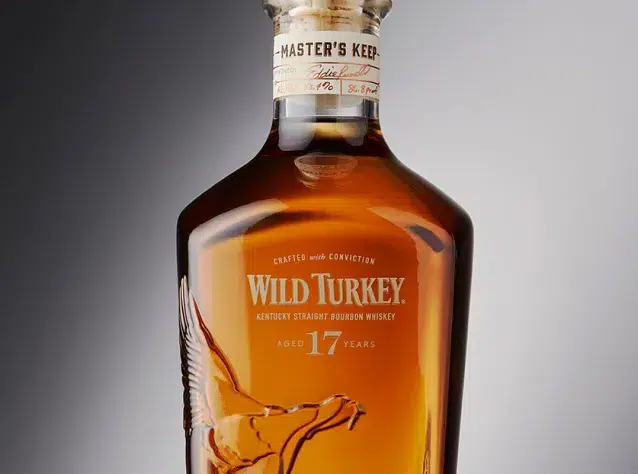
Nuestra visión es ser el proveedor más innovador, sostenible y elegido de soluciones de envasado para la creación de marcas. Aunque creemos que los envases de vidrio ya son la solución de envasado más sostenible, la sostenibilidad en O-I va más allá de lo que fabricamos. También se trata de cómo lo hacemos.
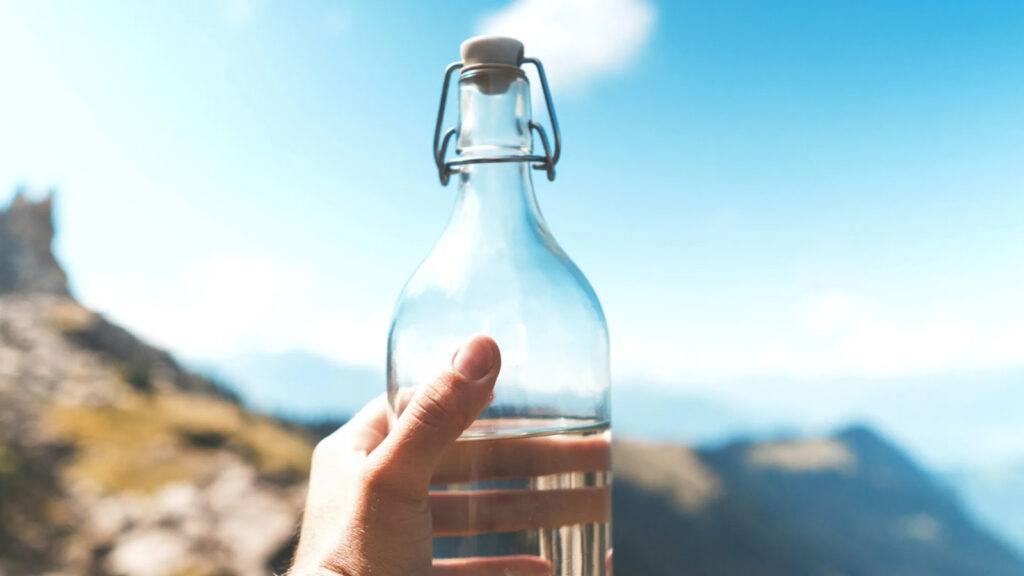
Michael Owens cambió la forma de producir vidrio de los últimos 5.000 años con su máquina milagrosa. Desde entonces, no hemos dejado de transformarnos, de transformar nuestro entorno. Desde las máquinas que conceden licencias hasta la producción de botellas, pasando por las tecnologías de inspección manuales y automatizadas, hemos automatizado todos los procesos de producción, llevando el poder sostenible del vidrio al uso cotidiano.
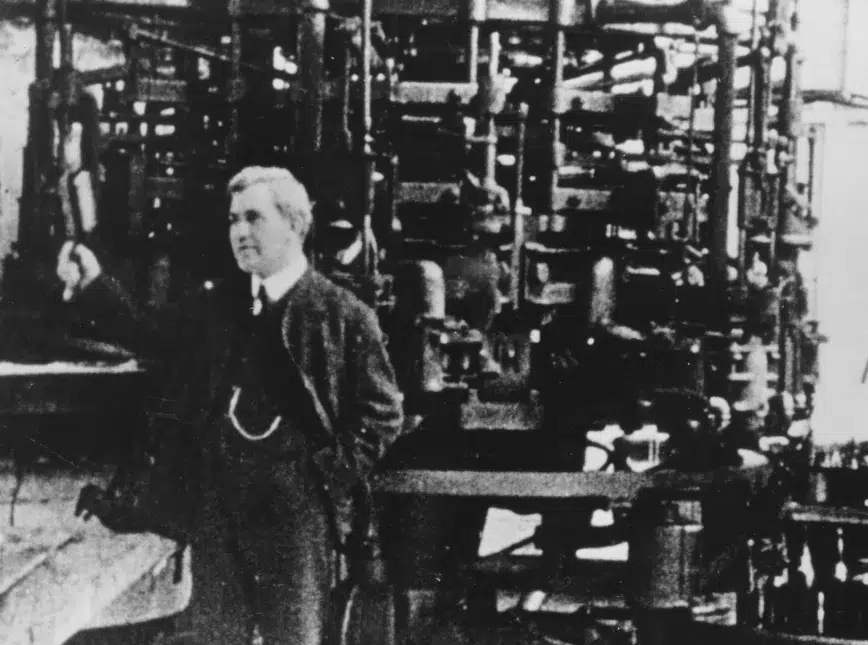
Sostenibilidad e Impacto Social Van de la Mano. Valoramos y nos comprometemos a construir comunidades sostenibles en las que vivimos y trabajamos. Nuestro objetivo es mantener una cultura empresarial en la que la sostenibilidad y el bien social estén integrados en nuestro ADN. Animamos a nuestra gente a retribuir y a participar activamente en la mejora de sus comunidades.
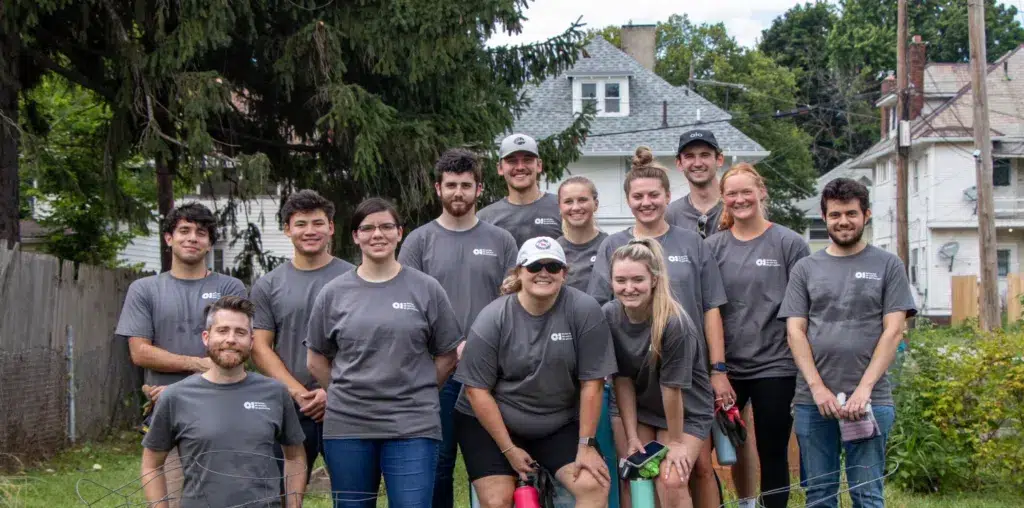
Nos encanta todo lo relacionado con los envases de vidrio, y estamos orgullosos de cómo los fabricamos. Creamos nuestros envases de vidrio para la construcción de marcas utilizando ingredientes de alta calidad, normas y artesanía que provienen de más de 100 años de transformar unos pocos ingredientes básicos en los envases sostenibles para la construcción de marcas que conocen y adoran nuestros clientes y consumidores de todo el mundo.
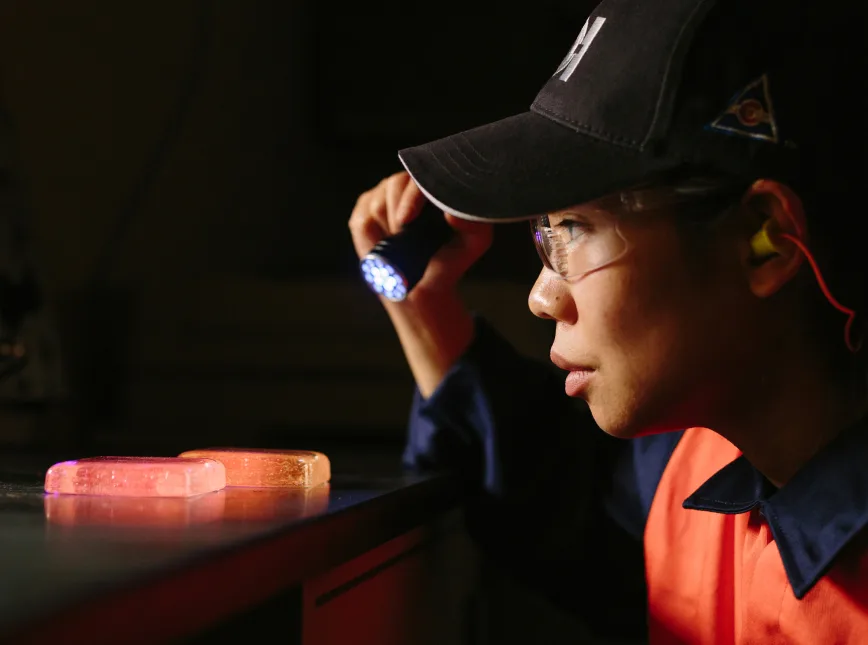
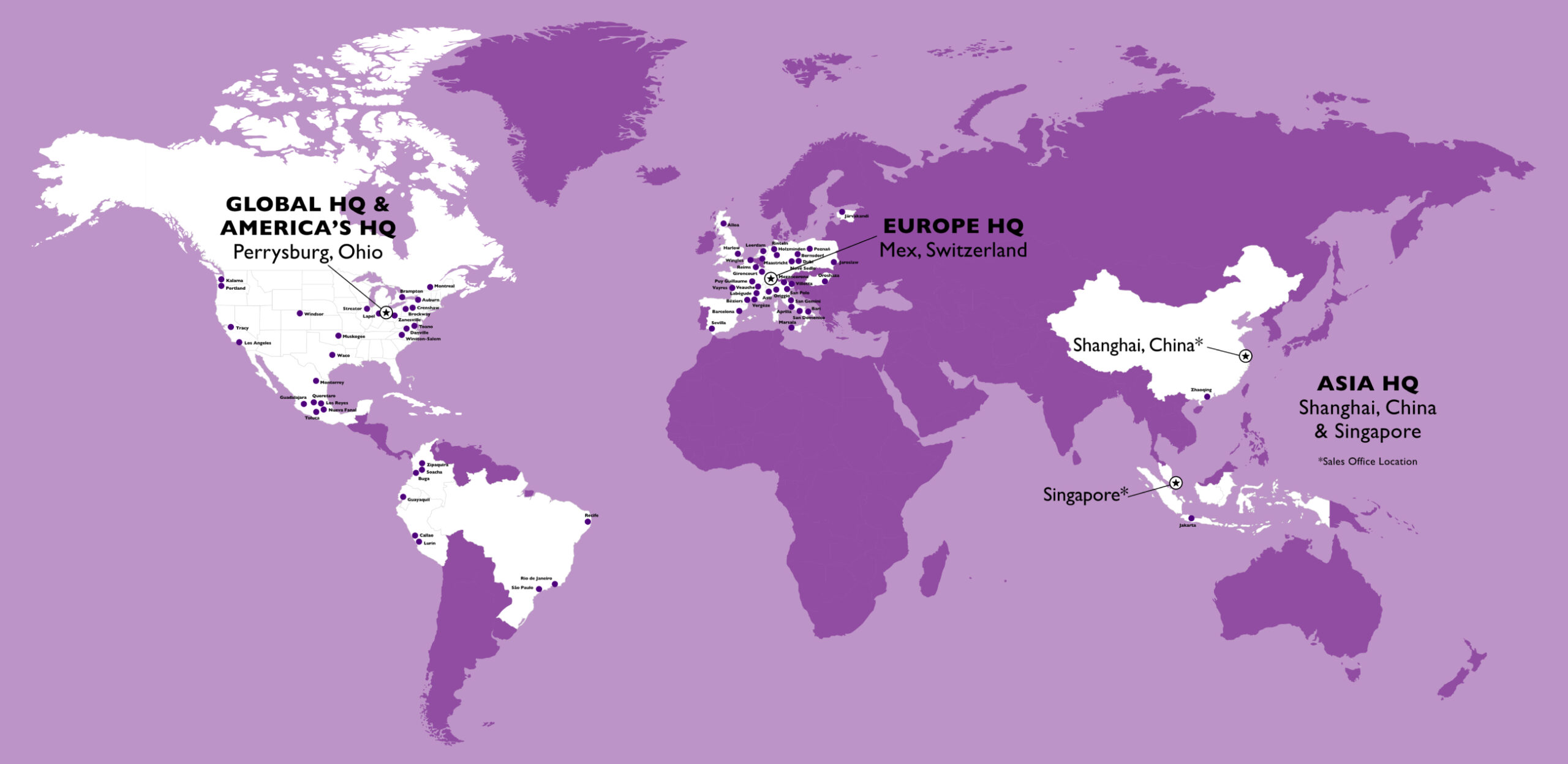
El futuro es brillante para la fabricación de vidrio innovador y sostenible. Trabajamos continuamente para identificar plataformas de valor que desbloqueen el valor para los accionistas y se basen en la estabilidad de la empresa.
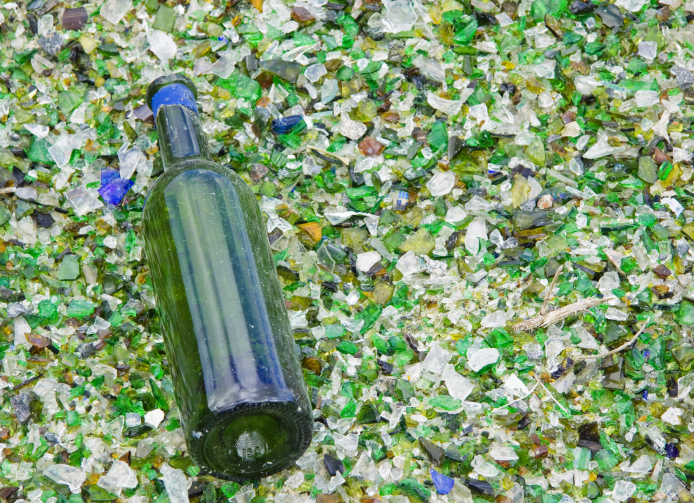
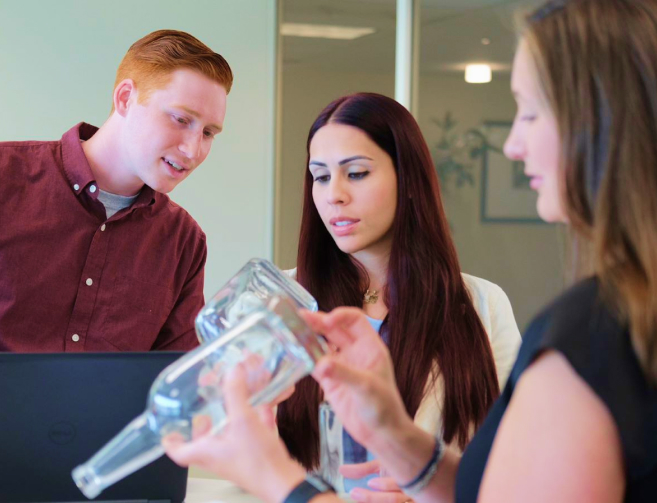
El equipo de licencias técnicas y empresas conjuntas de O-I te ofrece la oportunidad de aprovechar los infinitos incentivos, programas, tecnología, propiedad intelectual y experiencia de O-I que nos convierten en el mayor fabricante de envases de vidrio del mundo. ¿Quieres saber más? Ponte en contacto con nuestro equipo de Licencias Técnicas y Empresas Conjuntas para obtener más información.
¿Te gustaría estar informado sobre las últimas innovaciones en envases de vidrio, nuevos productos y las últimas tendencias?
© 2023 O-I Glass. Todos los derechos reservados. Privacidad | Aviso legal | Contacto y Ubicación
| Cookie | Duración | Descripción |
|---|---|---|
| cookielawinfo-checkbox-advertisement | Establecida por el plugin GDPR Cookie Consent, esta cookie registra el consentimiento del usuario para las cookies de la categoría "Publicidad". | |
| cookielawinfo-checkbox-analytics | Esta cookie es establecida por el plugin GDPR Cookie Consent. La cookie se utiliza para almacenar el consentimiento del usuario para las cookies de la categoría "Analytics". | |
| cookielawinfo-checkbox-functional | La cookie se establece por el consentimiento de cookies GDPR para registrar el consentimiento del usuario para las cookies en la categoría "Funcional". | |
| cookielawinfo-checkbox-necessary | Esta cookie es establecida por el plugin GDPR Cookie Consent. Las cookies se utilizan para almacenar el consentimiento del usuario para las cookies de la categoría "Necesarias". | |
| cookielawinfo-checkbox-others | Esta cookie es establecida por el plugin GDPR Cookie Consent. La cookie se utiliza para almacenar el consentimiento del usuario para las cookies de la categoría "Otros". | |
| cookielawinfo-checkbox-performance | Esta cookie es establecida por el plugin GDPR Cookie Consent. La cookie se utiliza para almacenar el consentimiento del usuario para las cookies de la categoría "Rendimiento". | |
| CookieLawInfoConsent | CookieYes establece esta cookie para registrar el estado del botón predeterminado de la categoría correspondiente y el estado de CCPA. Sólo funciona en coordinación con la cookie principal. | |
| viewed_cookie_policy | La cookie es establecida por el plugin GDPR Cookie Consent y se utiliza para almacenar si el usuario ha consentido o no el uso de cookies. No almacena ningún dato personal. |